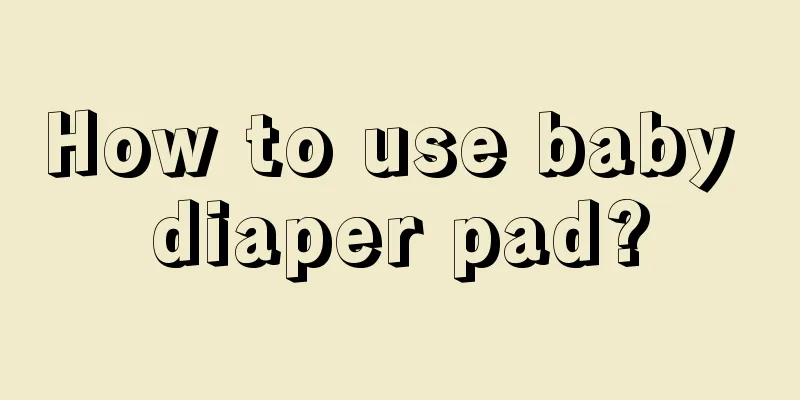Baby milk powder has a bath after mixing

|
As the first food for babies, parents attach great importance to infant formula. They are very cautious in choosing the origin of the formula, its ingredients, utensils for making the formula, and the selection of feeding bottles. More careful and conscientious parents will also carefully select sterilizers, milk warmers, bottle brushes and other utensils. Parents attach great importance to milk powder, and the slightest abnormality will arouse their special concern. When the baby milk powder soaks after being prepared, parents will wonder whether it is a problem with the milk powder or the preparation? First look at the reasons why milk powder produces foam Usually, there will be foam after infant formula is mixed. This is mainly because whey protein is added to the milk powder. The higher the content, the more foam there is. The function of whey protein is to be easily absorbed by the baby, making the baby strong, but one of its characteristics is that it easily produces foam when mixed. Some milk powders have defoaming agents added to them, so there is no foam or very little foam. Usually, milk powders that foam do not have defoaming agents added. Solution: After shaking the bottle, it is recommended to leave it for a few minutes so that there will be less foam. When preparing milk powder, you can shake the bottle in circles in one direction. Do not shake it up and down vigorously. This will produce less foam. Mom and dad do not need to worry too much. It is okay for the baby to drink the foam, but you need to prevent the baby from choking on the bubbles. So what is the correct order for preparing baby formula? Let me give you an answer 1. Before making milk powder, we must wash our hands. 2. Next, cool the boiling water to about 40°C, and then immediately pour the water into the bottle, filling it up to half of the total amount. When making milk powder, be sure to add water first and then the milk powder. This will ensure the appropriate concentration and protect the baby's gastrointestinal digestion and renal excretion functions. 3. Then, use the measuring spoon that comes with the milk powder to fill it up, scrape it flat, and pour it into the bottle. It should be noted that you should read the instructions on the milk powder can before brewing, and do not add milk powder or brewing water on your own. 4. After adding the milk powder, pay attention to shaking the bottle to dissolve the milk powder. Then, use water at about 40°C to fill it up to the standard capacity. The scale on the bottle can help you meet the standard accurately. Continue shaking the bottle until the powder is completely dissolved. Remember not to shake the bottle too hard, and be sure not to shake it up and down to avoid forming foam and bubbles. 5. Finally, we can use the inside of our wrist to feel the temperature of the milk powder. The warm feeling is the best. 6. Put on the locking ring and nipple, and you can feed your baby. In order to make the baby feel more like sucking breast milk, mothers can choose nipples with different flow rates according to the baby's age. 7. In addition, if it is equipped with a one-piece anti-colic valve system, the unique surround structure of the nipple will bend to ensure that air enters the bottle instead of the baby's stomach, so that the baby can naturally control the milk flow just like sucking breast milk. Precautions 1. When preparing baby milk powder, you cannot add the milk powder into the bottle and then add water to dissolve it. 2. It is best to use boiled and cooled tap water, that is, boiled water, to make milk powder. 3. Do not pour back the excess milk powder |
<<: What should I do if my child's spine is a little curved?
>>: What is the brown liquid that a newborn vomits?
Recommend
Symptoms of heart muscle damage in children
Children are not as strong as adults due to their...
Is carrot juice good for babies?
Nowadays, most parents use a juicer to squeeze so...
What to do if your baby always tilts his head when sleeping
Any details on the baby will attract the attentio...
What should I do if my child has diarrhea and watery stools?
When faced with the baby's diarrhea, the whol...
What to do if your child is introverted and unsociable? Parental education is the most important
Many parents are very anxious when their children...
What are the symptoms of small red spots on the neck
There are many babies who have small red spots on...
What should I do if my child has bedwetting due to kidney deficiency? Eat more of these foods
Kidney deficiency and bedwetting seem to have not...
Can infants and young children eat Hericium erinaceus?
Hericium erinaceus is actually an edible fungus. ...
Height of a three-year-old baby
If we have babies, we must be responsible for the...
Why are baby teeth black?
Many people have experienced a similar situation,...
Causes of low creatinine in children
Low creatinine in children is mostly caused by ma...
Children with fever 38 degrees
It is common for children to catch a cold and hav...
What are the benefits of cod liver oil for infants and young children?
During the period of rapid growth and development...
How to pass gas when the baby falls asleep
Many mothers find that their baby’s belly is swol...
How to take care of a crying baby who wants to sleep
After birth, a child brings joy and happiness to ...









